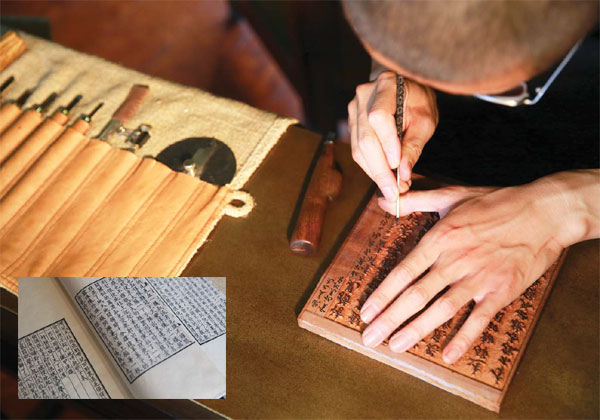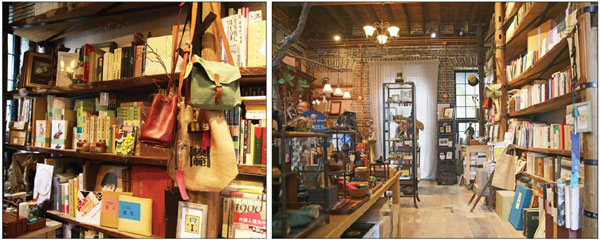Chip off the old printing block
Updated: 2016-09-02 08:37
By Xing Yi(China Daily Europe)
|
|||||||||
Jiang Xun calls them "the reflection of our civilization", an observation that would be on the money even if he were talking about the mobile devices of today that have become so much a part of our lives.
As it happens, Jiang is talking of the products of a much earlier medium of communication, etched woodblock printing.
In sharp relief to digital printing, in which speed of production is vaunted, woodblock craftsmen took great pride in the painstaking, time-consuming detail that went into turning out their exquisite wares.
|
A Woodblock carver scrapes off parts of the block with various cutting tools and (inset ) the pages of a book printed with woodblocks. |
In China, 1,000 years ago, it was the most common way of printing books, and countless craftsmen throughout the land carved out characters on wooden blocks. Today, those who practice the craft are few - but they are a stubborn bunch who refuse to let it die.
Just south of Beijing's Tian'anmen Square is Mofan bookstore, which is where Jiang, 46, and a handful of fellow craftsmen have a workshop. They continue to produce works of great beauty.
Jiang's remark about the characters and their reflecting civilization is all the more apt given that woodblock prints are a mirror image of the carving from which they are printed, and in their heyday they were the most common way - apart from the spoken word - of passing on knowledge from one generation to the next.
Woodblock printing was largely used to produce Buddhist texts at first, as the spread of Buddhism in China reached a peak during the Tang Dynasty (618-907). The oldest remaining woodblock-printed book is a copy of the Chinese version of the Diamond Sutra, which dates back to 868.
The book, now in the British Library in London, is in the form of a scroll discovered in the Mogao Grottoes in Dunhuang, Gansu province, in the early 20th century.
Jiang has collected more than 30,000 woodblocks, about one-tenth of which date back to the Ming Dynasty (1368-1644), which means he may have the largest woodblock collection of any individual in China.
Between 2009 and 2012, a few of his prints were on display at a branch of the National Library in Wenjin Street, Beijing, the only one of its kind in the capital.
"In a sense, woodblocks are progenitors of the book," says Jiang, who is also renowned in China as a book designer. "All my works are associated with books."
In late 2014, when the Nobel Museum in Stockholm invited him to design a book for Nobel laureate Mo Yan to present at an exhibition, Jiang decided there was no better way of interpreting Mo than through a traditional Chinese thread-bound book printed using woodblock.
The book is a short story called Gale that Mo chose from his early works that has about 4,000 characters, and Jiang decided to use a font from Caochuang Yunyu, a poetry anthology by the poet Zhou Min in the Song Dynasty (960-1279), for the book.
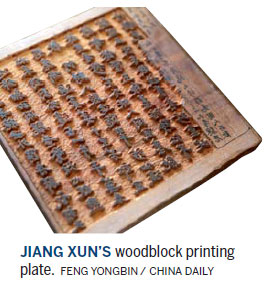
Jiang says it took him three months to choose the matching characters from Zhou's poems and piece them together for Mo's short story.
Then he needed to prepare the woodblocks for printing, a process in which wood is carved away, leaving the characters to stand out as a relief pattern for inking and printing.
"The process is difficult because it is such a rare font," says Zhao Yishen, 30, who carved pages one to six of Mo's book. "It's like calligraphy, with many elements of handwriting."
Zhao says with most printing fonts he can carve about 30 or 40 characters a day, but with the font for the Mo book the number was halved. "As carvers we aimed to make the characters look as natural as the original writing, not too stiff."
With five other carvers, Zhao worked from 8 am to 6 pm every day for three months. "It needed the utmost concentration. I took breaks whenever my eyes got sore, and whenever I began to lose focus I stopped to avoid making mistakes."
The work was finished in March last year, after which 274 copies were printed and went on display in Stockholm in mid-April.
"It's all handmade, from carving to printing to binding," Jiang says. "When the book and the woodblocks went on display in Stockholm, those who saw them were in awe because in the West there is no tradition of thread-bound books."
Jiang kept just one woodblock piece from the Mo production - a piece produced twice in error.
Printing technology
When Zhao was studying for a law degree, which he earned from Beijing Jiaotong University in 2010, he became engrossed in ancient classic texts in the traditional thread-bound form. "Different books have different fonts depending on when they were published," he says.
In addition to the literary content, he was also attracted by the "simply beautiful" characters.
These days, only about five publishers in China produce books through traditional woodblock printing. In 2010, Zhao visited one of them, Guangling Ancient Books Printing House in Yangzhou, Jiangsu province.
"It was the first time I'd really seen what those woodblocks were. It seemed like an impossible mission for me to make one, but I wanted to try."
He decided to stay as an intern, and after a yearlong internship in the printing house, he became a student of Chen Yishi, one of the few people who holds state accreditation as a master of the engraved block printing technique.
Chen has a family tradition of engraved printing. His grandfather was a woodblock printer in the late Qing Dynasty (1644-1911) and opened a family workshop in the town of Hangji, Jiangsu.
However, in World War II, many woodblock printing workshops closed, including Chen's, and later, during the "cultural revolution" (1966-76), a call for traditions to be swept away all but put paid to the ancient craft.
Chen says his father's words - "We must pass on the craft" - made a great impression on him, so he went back to the trade in the 1980s. Since retiring from Guangling Ancient Books in 2007, he has continued to train apprentices.
"Over the years I've had about 100 students, but only about one-fourth are still doing this work. It doesn't pay well, and there are not enough commissions, so they work on and off for some time and eventually do something else."
Chen says that since the technique was included in UNESCO's human intangible cultural heritage representative list in 2009, things have improved. Seven students study with him, some sent by publishers such as Guangling Ancient Books, and some, like Zhao, arriving independently.
xingyi@chinadaily.com.cn
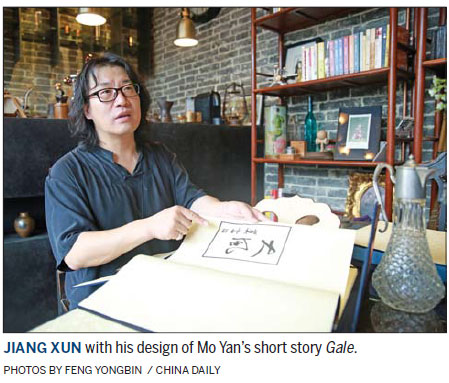
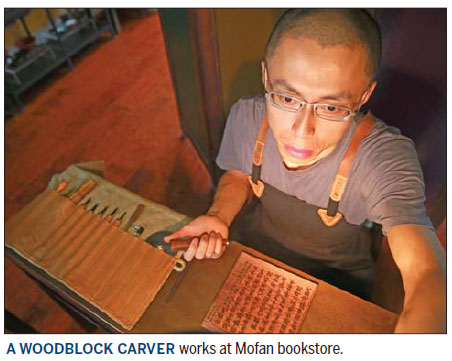
|
Views of Mofan bookstore, south of Tian'anmen Square in Beijing. |
(China Daily European Weekly 09/02/2016 page1)
Today's Top News
'All policy tools' to aid growth push
Rocket explodes on launch pad
Mexico contradicts Trump on paying for border wall
British born Chinese face cultural challenge
UK house prices rise after Brexit hit
Brazil's Senate removes President Rousseff from office
EU to push for six priorities at G20 summit
Merkel opens Germany's 17th Confucius Institute
Hot Topics
Lunar probe , China growth forecasts, Emission rules get tougher, China seen through 'colored lens', International board,
Editor's Picks

|

|

|

|

|

|
